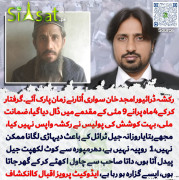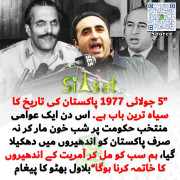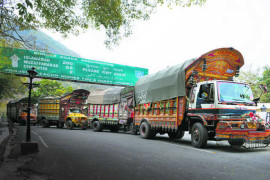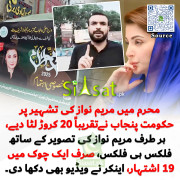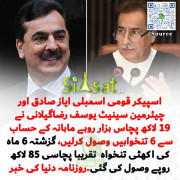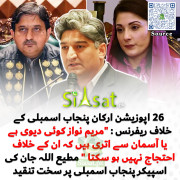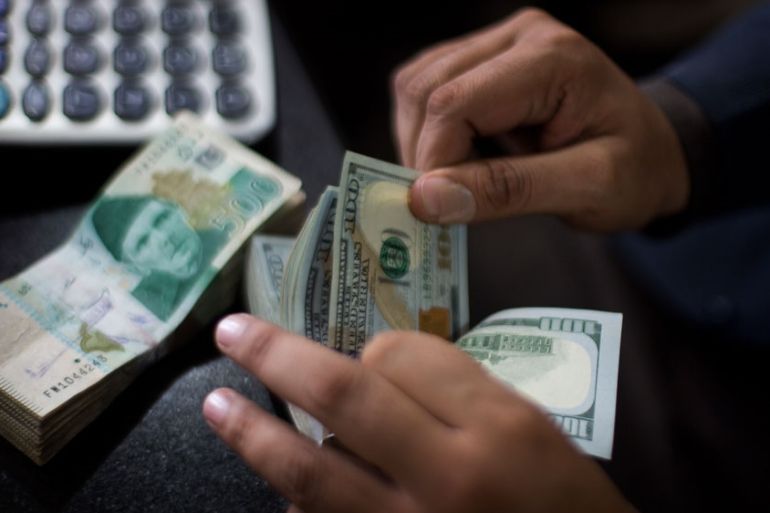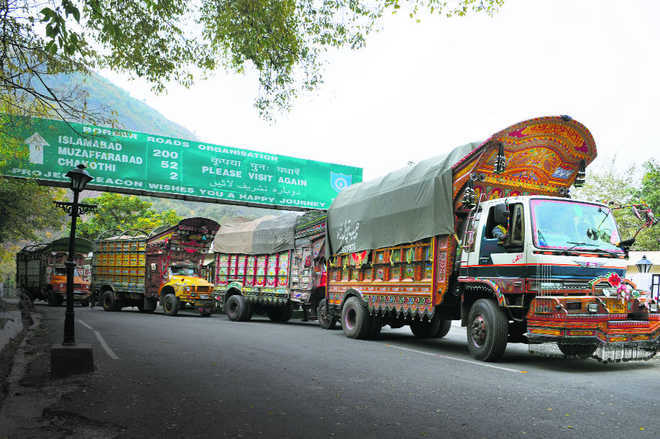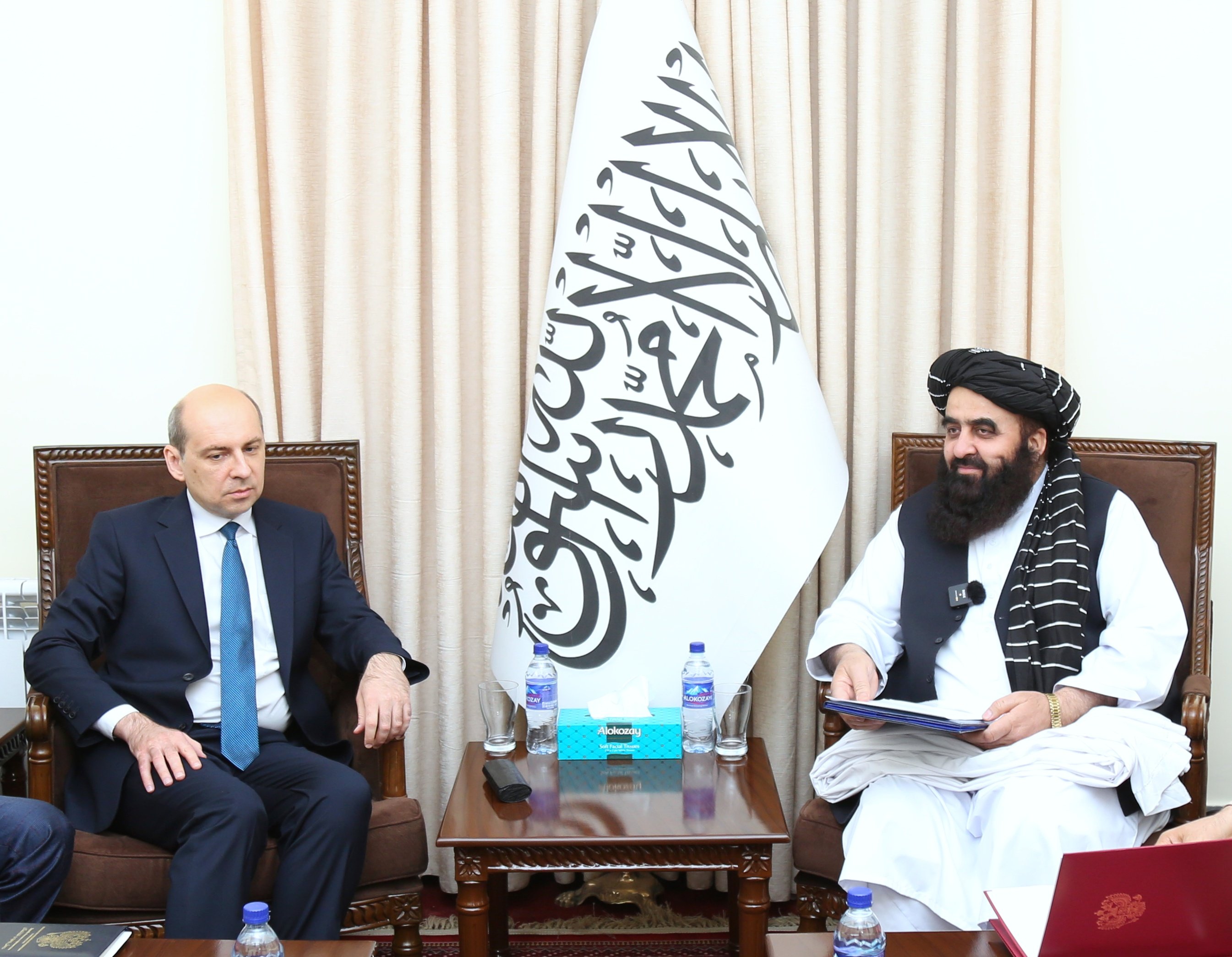ISLAMABAD, Pakistan In a city where kind words about anything American are hard to come by, one notable exception is a sand-colored, palm-fringed building formerly known as the American Center.
For two decades, Pakistanis still fondly reminisce, international newspapers were stacked high there, poetry and art were showcased and friendly American diplomats fostered a come-one-and-all vibe. But in 2005, amid rising anti-Americanism and Islamist militancy, the U.S. Embassy-run center in Islamabad became the last in a nationwide network to shut and the diplomats retreated to walled compounds.
The building, which now houses private media outfits, has since become a symbol of the gaping gulf between the United States and Pakistan and a prime example, critics say, of how security measures at U.S. foreign missions since Sept. 11, 2001, have alienated American diplomats from the populations they most need to court.
Yet U.S. officials say the closures also ushered in a less tactile but more aggressive and expensive era in what they call public diplomacy, one facilitated by growth in electronic media and a surge in young Pakistanis using it. Largely from behind barbed wire, embassy staffers now wield a multimillion-dollar budget to stimulate debates on Facebook, fund English courses and provide research services to Pakistani students and officials. Most prominently, they are pumping money into programs that send Pakistanis to the United States, in hopes they will return as unofficial American ambassadors.
This is what we are investing in, said Mark Davidson, the U.S. Embassys public affairs counselor. He called the efforts absolutely hard-edged and strategic.
The mission is also daunting. Nuclear-armed Pakistan is a U.S. ally and major recipient of American aid. But the United States is seen here as a mercurial bully that, according to one recent poll, just 12 percent of Pakistanis view favorably.
Pakistans freewheeling media regularly spew what one U.S. diplomat called terrible toxicity about the United States. Though the U.S. Embassy staff has multiplied in recent years, diplomats rarely roam beyond major cities, or even much within them.
A 2010 State Department audit lamented that. It said that the Pakistani-staffed library corners that replaced the American centers received 28,000 visitors in 2009 but that almost none of those visitors met an American and few participated in a program that would lead to a better understanding of the United States and U.S. policies.
Some U.S. officials echo the concern. A secure, open-access facility where people can meet and engage is still important, one official said, adding that the closure of the American centers hurt human interactions between Americans and Pakistanis.
Last year, the embassy considered reopening the centers. But U.S. officials said they decided that the security situation in Pakistan, where a muscular Islamist insurgency has struck U.S. targets, meant that any potential structure would be more forbidding and dangerous than welcoming.
http://www.washingtonpost.com/world...behind-walls/2011/07/09/gIQANQVfAI_story.html
For two decades, Pakistanis still fondly reminisce, international newspapers were stacked high there, poetry and art were showcased and friendly American diplomats fostered a come-one-and-all vibe. But in 2005, amid rising anti-Americanism and Islamist militancy, the U.S. Embassy-run center in Islamabad became the last in a nationwide network to shut and the diplomats retreated to walled compounds.
The building, which now houses private media outfits, has since become a symbol of the gaping gulf between the United States and Pakistan and a prime example, critics say, of how security measures at U.S. foreign missions since Sept. 11, 2001, have alienated American diplomats from the populations they most need to court.
Yet U.S. officials say the closures also ushered in a less tactile but more aggressive and expensive era in what they call public diplomacy, one facilitated by growth in electronic media and a surge in young Pakistanis using it. Largely from behind barbed wire, embassy staffers now wield a multimillion-dollar budget to stimulate debates on Facebook, fund English courses and provide research services to Pakistani students and officials. Most prominently, they are pumping money into programs that send Pakistanis to the United States, in hopes they will return as unofficial American ambassadors.
This is what we are investing in, said Mark Davidson, the U.S. Embassys public affairs counselor. He called the efforts absolutely hard-edged and strategic.
The mission is also daunting. Nuclear-armed Pakistan is a U.S. ally and major recipient of American aid. But the United States is seen here as a mercurial bully that, according to one recent poll, just 12 percent of Pakistanis view favorably.
Pakistans freewheeling media regularly spew what one U.S. diplomat called terrible toxicity about the United States. Though the U.S. Embassy staff has multiplied in recent years, diplomats rarely roam beyond major cities, or even much within them.
A 2010 State Department audit lamented that. It said that the Pakistani-staffed library corners that replaced the American centers received 28,000 visitors in 2009 but that almost none of those visitors met an American and few participated in a program that would lead to a better understanding of the United States and U.S. policies.
Some U.S. officials echo the concern. A secure, open-access facility where people can meet and engage is still important, one official said, adding that the closure of the American centers hurt human interactions between Americans and Pakistanis.
Last year, the embassy considered reopening the centers. But U.S. officials said they decided that the security situation in Pakistan, where a muscular Islamist insurgency has struck U.S. targets, meant that any potential structure would be more forbidding and dangerous than welcoming.
http://www.washingtonpost.com/world...behind-walls/2011/07/09/gIQANQVfAI_story.html

